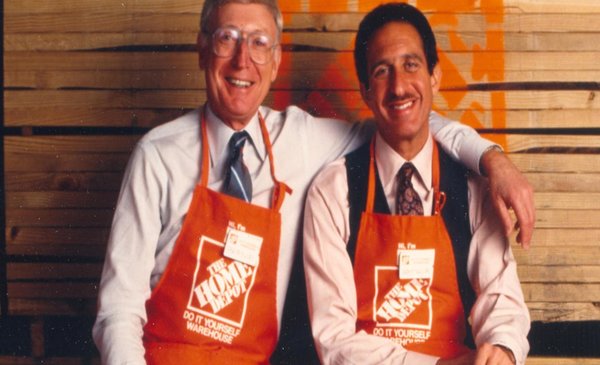
It can be said that good brands are well known, but great brands are well loved. The love affair between customers and their brands, as with any relationship, takes work. Great brands don’t merely talk the talk when it comes to their unique customer-centric mindset. They walk the walk by the effort and sacrifice they do, corporately, “to keep it real” for the customer.
Earlier on Branding Strategy Insider, we looked at how brands like Delta and Campbell Soup were showing how they could relate to their customer’s reality by telling their stories through some very creative and engaging marketing campaigns. But what’s important to remember is that as clever and well-produced as these campaigns are, they are simply an accurate reflection of the brand’s attitude of care and respect for its customer.
Virtually all successful brands employ some combination of best practices to care for their customers, such as customer hotlines, live chats, blog posts, online reviews, social media and relationship management. Great brands go further, incorporating traditions, practices and rituals that pursue customer affection while keeping the main tenants of the brand alive and well.
During my work on the Home Depot account, I learned a valuable lesson from this big box brand in this regard. For instance, Home Depot requires all its non-store associates to spend a couple of weeks “wearing the orange apron” serving customers in one of their 2,275+ stores. It doesn’t matter if you’re a top executive or an assistant’s assistant in their home office in Atlanta, you wear the apron and you serve the customer. In so doing, you experience Home Depot for the first time from the brand’s perspective–to give you a greater appreciation of the customer’s perspective.
Attend any company meeting and you’ll understand why this practice is so powerful—an auditorium filled with loud brand-passionate orange apron-clad believers ready to do what it takes to keep their chain #1 and their customers happy.
There are other corporate cultural imprints, such as referring to their home office the “Store Support Center” (again, putting the emphasis on serving others) rather than “headquarters.” And inside this massive complex, you’ll find an exhibit dedicated to the Home Depot story and experience, as impressive as anything you would walk through in a large, metropolitan science and industry museum.
These and other practices are designed to inculcate and keep alive the brand’s culture, passed on from the founders, of customer service, passion, and can-do attitude with each of the 385,000+ associates that wear the Home Depot apron.
As the brand continues to grow and become more successful, keeping the passion and connection alive between its roots and its branches becomes an increasing challenge. Success can actually become the enemy of brands for a variety of reasons:
- The original mission becomes muddled by way of growth via mergers and acquisitions of other brands (and their corporate cultures),
- Changes of ownership or leadership with a different set of priorities,
- Growth directions and line extensions that may dilute or diminish,
- Growing too fast to adequately train and equip associates to maintain the same standards of quality and service the brand is known for,
- Or just complacency brought about by over-confidence
Home Depot experienced such a challenge a few years ago, precipitated by a leadership change, and as a result, its reputation for customer service was called into question. With another regime change, however, customer service was again given priority and, post-recession, the brand has continued to thrive.
Of course, Home Depot is not alone in the pursuit of keeping itself real for the customer. Great examples abound with great brands:
- Southwest Airlines and Wegmans treating their employees as number one which inspires them to make their customers feel number one.
- Zappos’ singular goal: Make the customer happy no matter what. Period.
- Nordstrom’s “The Nordstrom Way to Customer Service” with attention to detail and employee empowerment.
- Ritz Carlton’s culture of ladies and gentlemen serving ladies and gentlemen.
- IKEA’s communication of its high standards regarding protection for the environment and employee working conditions throughout its organization and with all of its suppliers.
- Laura Ashley’s ways of personalized thank you’s to its customers.
When brands meet customers where they’re at, and work uniquely and diligently for their business, their hearts and their loyalty will follow. Great brands go the extra mile and are not only well known, but well loved.
Don’t Let The Future Leave Your Brand Behind. Join Us At The Un-Conference – Marketing’s Only Problem Solving Event. May 1st – 3rd, 2017 West Hollywood, California
The Blake Project Can Help: Accelerate Brand Growth Through Powerful Emotional Connections
Branding Strategy Insider is a service of The Blake Project: A strategic brand consultancy specializing in Brand Research, Brand Strategy, Brand Licensing and Brand Education
FREE Publications And Resources For Marketers











